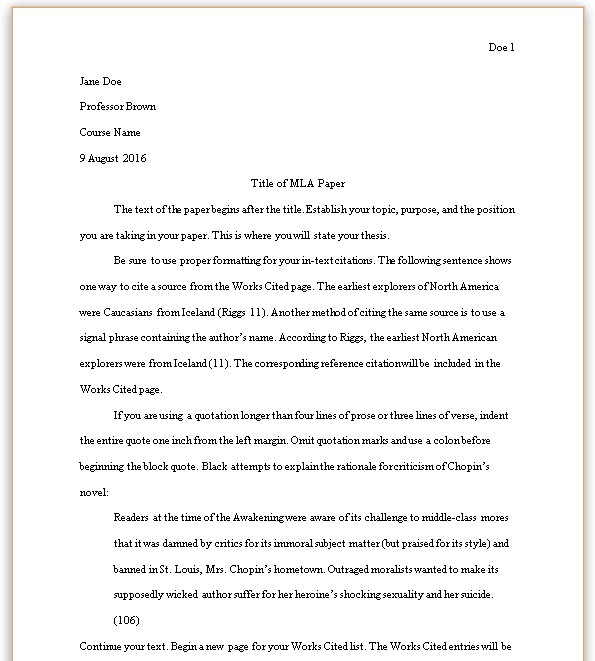The Dissertation Mastery
Welcome to Kampus Guide! Gearing up for your first dissertation or a seasoned academic looking to refine your research? Understanding the dissertation process is essential for achieving academic success. This blog will explore the intricacies of writing a dissertation, breaking it down into manageable phases, providing examples, and answering common questions to help you navigate your journey with confidence.
What is a Dissertation?
A dissertation is a substantial piece of academic writing that presents your research findings and demonstrates your ability to conduct independent research. Typically required for doctoral degrees, it represents a significant contribution to your field of study. A dissertation not only reflects your mastery of a specific subject but also showcases your skills in research, analysis, and synthesis of information.
The Structure of a Dissertation
While dissertation structures may vary by discipline, most share common elements. Here’s a typical framework:
- Introduction:
- Introduce the research topic, establish its significance, and present your research questions and objectives. Your thesis statement, or main argument, should be clearly articulated here.
- Literature Review:
- Summarize existing research related to your topic. This section helps situate your work within the broader academic discourse and identifies gaps your research addresses.
- Methodology:
- Explain the methods and procedures used to gather data. Justify your choices and discuss how they align with your research questions. This section may include qualitative, quantitative, or mixed methods approaches.
- Results/Findings:
- Present the data collected through your research. Use tables, graphs, and charts as necessary, and provide a narrative that explains what the data reveals in relation to your research questions.
- Discussion:
- Interpret the significance of your findings. Discuss how they fit within the existing literature and what implications they have for your field. Address potential limitations of your research.
- Conclusion:
- Summarize the main findings, reiterate the importance of your research, and suggest areas for further investigation. This section should leave a lasting impression on your reader.
- References/Bibliography:
- Include all sources cited in your dissertation, formatted according to your disciplinary requirements (e.g., APA, MLA, Chicago).
- Appendices (if applicable):
- Provide any supplementary material that supports your research but isn’t included in the main text, such as raw data, questionnaires, or consent forms.
The Phases of Writing a Dissertation
Phase 1: Prewriting and Planning
Choosing a Topic:
- Select a topic that interests you and is relevant to your field. Ensure it is researchable and significant enough to contribute to academic discussions.
Conducting Preliminary Research:
- Familiarize yourself with existing literature to refine your research questions and objectives.
Creating a Proposal:
- Many programs require a formal dissertation proposal outlining your research plan, objectives, methodology, and contribution to the field.
Phase 2: Conducting Research
Data Collection:
- Execute your research methodology, whether gathering qualitative data through interviews or quantitative data through surveys and experiments.
Data Analysis:
- Analyze the collected data using appropriate statistical methods or qualitative analysis techniques. This step is vital for deriving meaningful conclusions.
Phase 3: Writing and Revising
Drafting:
- Start with your introduction, outlining your research questions and objectives. Progress through the literature review, methodology, results, and discussions. Don’t aim for perfection in your first draft; focus on getting your ideas down.
Revising:
- Revise your drafts by critically evaluating the clarity, flow, and coherence of your content. Make sure each section supports your overall argument effectively.
Editing:
- Focus on grammar, punctuation, and formatting. Ensure adherence to your institution’s guidelines and citation style.
Phase 4: Finalizing and Defending
Final Review:
- Review your dissertation thoroughly for any inconsistencies or errors. Consider seeking feedback from advisors or peers.
Submission:
- Submit your completed dissertation by your program’s deadline, ensuring that all formatting and administrative requirements are met.
Defense:
- Prepare to defend your dissertation before a committee. This involves presenting your research and answering questions regarding your methodology, conclusions, and implications of your work.
Common Challenges and How to Overcome Them
- Time Management:
- Developing a clear timeline for each stage of your dissertation can help manage your workload effectively. Set specific goals and deadlines to keep yourself accountable.
- Writer’s Block:
- If you find yourself stuck, consider changing your writing environment, taking breaks, or free-writing to generate ideas. Collaboration with peers and discussions with advisors can also spark inspiration.
- Maintaining Momentum:
- Stay motivated by celebrating small milestones along the way. Joining writing groups or setting regular check-ins with advisors can provide support and encouragement.
Frequently Asked Questions (FAQs)
Q1: How long should a dissertation be?
A1: The length of a dissertation can vary significantly across disciplines, typically ranging from 150 to 300 pages. Check your academic program’s guidelines for specific requirements.
Q2: Can I publish parts of my dissertation?
A2: Yes! Many scholars publish articles based on their dissertation chapters in academic journals. It’s a great way to disseminate your research and establish your academic presence.
Q3: What if my research evolves during the writing process?
A3: It’s normal for research to evolve as you progress. Be open to revising your thesis statement and adapting your research questions as new insights emerge.
Q4: How do I handle data analysis?
A4: Seek support if needed! Many universities offer resources or workshops on statistical software and qualitative analysis techniques. You can also consult with your advisor or experts in your field.
Conclusion
The dissertation is a monumental task that serves as a testament to your academic dedication and research capabilities. By understanding its structure and breaking down the writing process into manageable phases—prewriting, conducting research, writing, revising, and defending—you can navigate this challenge with confidence and clarity.
At Kampus Guide, we’re committed to empowering you throughout your academic journey. Embrace the process of writing your dissertation, relish the research, and remember: every word you write brings you closer to your goal. Happy writing!


